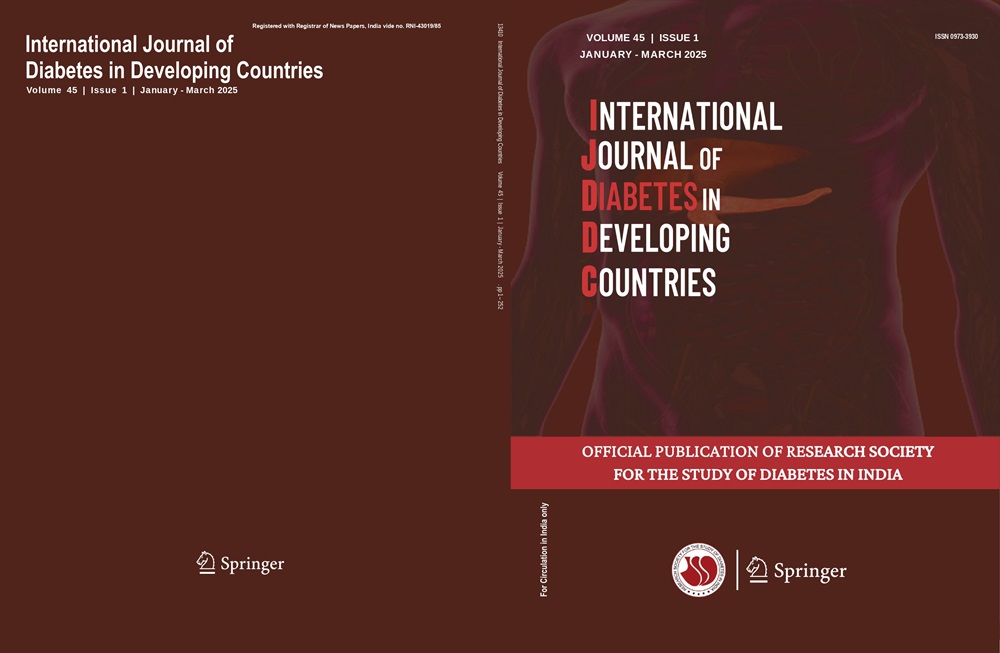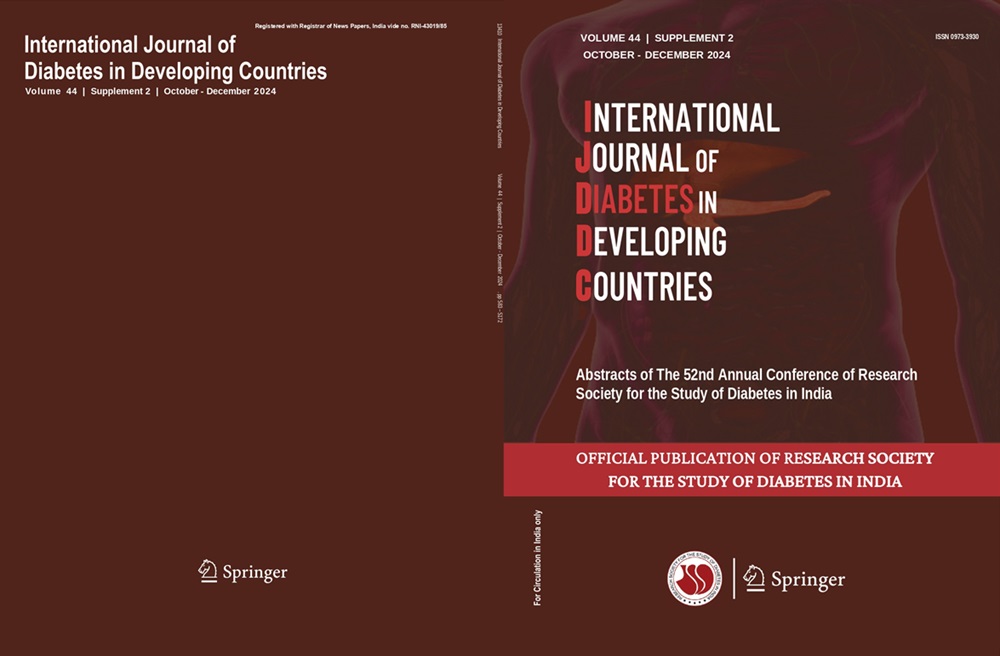Xi Huang, Zuolin Xie, Chenchen Wang, Shaohua Wang
Keywords
Diabetes kidney disease • Uric acid • Non-albuminuria • Type 2 diabetes
Abstract
Background Elevated serum uric acid (SUA) is increasingly recognized as a risk factor for diabetic kidney disease (DKD). However, the roles of SUA in the declined renal function of non-albuminuric DKD, the prevailing phenotype, are unclear.
Methods A total of 5285 Chinese inpatients with type 2 diabetes were enrolled in this study. Based on albuminuria and reduced estimated glomerular filtration rate (eGFR), the participants were classified into four DKD phenotypes to assess and compare the influence of SUA levels on renal function. In non-albuminuric DKD, exploratory factor analysis of SUA and other metabolism parameters was performed, and linear regression was used to evaluate the associations between eGFR and SUA, individually and in combination with other covariates.
Results In non-albuminuric DKD, SUA explained 16.0% (β = − 0.443; p < 0.0001) of the eGFR variance, which was significantly higher than in the other three DKD phenotypes. The values were 3.1%, 6.1%, and 4.6% in no-DKD, albuminuric DKD with preserved eGFR, and albuminuric DKD with reduced eGFR, respectively. In non-albuminuric DKD, SUA was independently and most strongly associated with eGFR (R2 = 18.2%; β = − 0.426; p < 0.0001), followed by triglyceride (R2 = 1.4%). In the combination of metabolism parameters, SUA was most strongly associated with eGFR (R2 = 19.3%; β = − 0.442; p < 0.0001). Analysis adjusted for covariates provided similar results, and SUA remained most strongly associated with eGFR (R2 = 16.3%; β = − 0.425; p < 0.0001).
Conclusions The management of hyperuricemia may become an important strategy to safeguard renal function in the patients with DKD, especially in non-albuminuric DKD.




